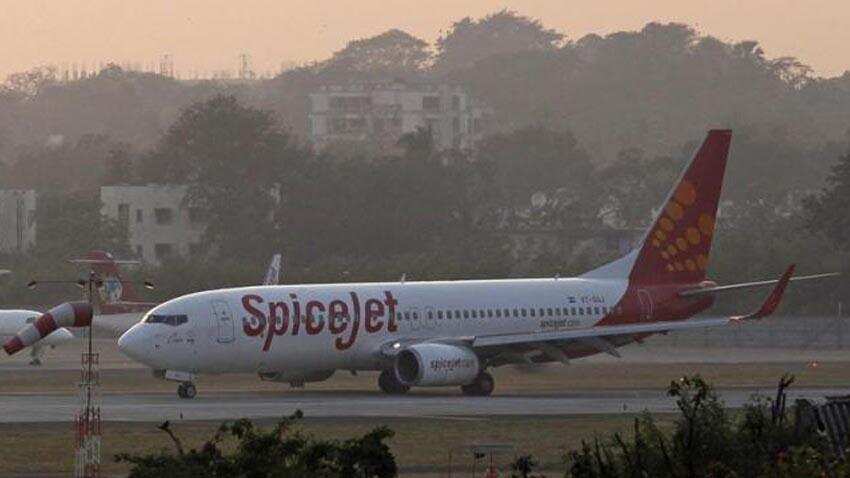Low-cost budget carrier SpiceJet posted its highest-ever annual profit last fiscal. This is an improvement of Rs 1,094 in one year. The airline even posted profits for the fifth consecutive quarter. How did SpiceJet achieve this?
At Rs 407 crore, SpiceJet's full year fortunes spun around from the Rs 687 crore loss it had posted in the year-ago period.
In the January-March quarter, the airline posted a net profit of Rs 73 crore even after a one-time expense of Rs 173 crore. This is a 225% improvement if the numbers are compared to the same period last year for the airline.
What's the story behind SpiceJet's turnaround?
It won't be wrong to credit one person for the job – SpiceJet Promoter and CEO Ajay Singh.
In 2014, SpiceJet was facing huge losses under the leadership of its former promoter Kalanithi Maran. Frequent cancellations of flights had become synonymous to SpiceJet. Customer and vendor confidence was running thin. Payment defaults to oil firms, airports, vendors, and lessors had only made it worse for the carrier, a Hindustan Times report said in February this year.
With mounting losses and no way out in sight, SpiceJet was on the verge of shutting its operations.
In December 2014, the airline was grounded as oil companies refused to refuel its aircraft and by January, SpiceJet founder Ajay Singh was back in the cockpit after Maran sent out distress signals.
Singh had founded SpiceJet in 2005 before selling his stake to Maran in 2010.
How Ajay Singh turned fortunes of SpiceJet?
Once Singh was in the pilot's seat again, his first step was to reinstate customer confidence. He managed to convince them to book flights in advance with an assurance that they will not be cancelled, the HT report said. A promise he managed to keep.
“From a customer’s perspective, one of the things that we needed to do was to say to people that book tickets in advance, because we will fly, and we will make sure that your flights will not get cancelled. For that, we had to get capacity, and we got planes on wet lease,” Singh told the Hindustan Times earlier this year.
Singh even vowed not to take a penny home till SpiceJet made money. In fact, he also got rid of executives who were taking home hefty pay cheques. A move that brought Rs 20-crore savings immediately.
He also incorporated the low-cost model strategy rigorously helped in increasing revenues and bring in a reduction in costs.
A direct result of all this has been that for the past several months SpiceJet has been operating at one of the highest passenger load factors seen in the domestic aviation industry, media reports show.
With seat occupancy factor and load factor over 90% consistently, SpiceJet has been leading in the Indian market, passenger traffic data shows.
When Singh took the control of the airline, SpiceJet had recorded a loss of Rs 1,031 crore in 2014 - nearly Rs 2.82 crore a day.
In 2015, the airline posted a profit of Rs 356.54 crore - nearly Rs 1 crore-a-day, the Hindustan Times report said.
In December last year, SpiceJet posted its highest-ever quarterly profit of Rs 238.40 crore. Its revenue was up 11.3% year-on-year and total expenses were down over 20%.
In the March-ended quarter, the airline's operating revenue grew 86% and its full-year operating revenue per Available Seat Kilometre (ASKM) registered a growth of 9%. Total expenses per ASKM excluding the one-time expense was down 13%.
Commenting on the company's latest performance, Singh said, “This turnaround, unparalleled in the history of Indian aviation, would not have been possible without the support of my colleagues at SpiceJet and all our partners. I thank them all.”
05:12 PM IST







 SpiceJet's Q4 net profit jumps 225% to Rs 73 crore
SpiceJet's Q4 net profit jumps 225% to Rs 73 crore A 200% rise in profit but Spicejet stock is down. Here's why
A 200% rise in profit but Spicejet stock is down. Here's why